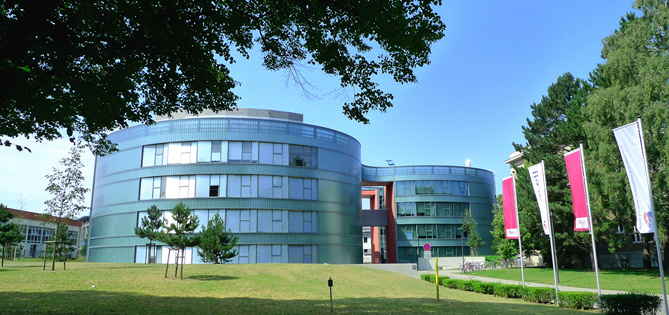Antimicrob Agents Chemother. 2012 May;56(5):2719-25.
Effect of natural polymorphisms in the HIV-1 CRF02_AG protease on protease inhibitor hypersusceptibility.
Santos AF, Tebit DM, Lalonde MS, Abecasis AB, Ratcliff A, Camacho RJ, Diaz RS, Herchenröder O, Soares MA, Arts EJ.
Hypersusceptibility (HS) to inhibition by different antiretroviral drugs (ARVs) among diverse HIV-infected individuals may be a misnomer because clinical response to treatment is evaluated in relation to subtype B infections while drug susceptibility of the infecting virus, regardless of subtype, is compared to a subtype B HIV-1 laboratory strain (NL4-3 or IIIB). Mounting evidence suggests that HS to different ARVs may result in better treatment outcome just as drug resistance leads to treatment failure. We have identified key amino acid polymorphisms in the protease coding region of a non-B HIV-1 subtype linked to protease inhibitor HS, namely, 17E and 64M in CRF02_AG. These HS-linked polymorphisms were introduced in the BD6-15 CRF02_AG molecular clone and tested for inhibition using a panel of protease inhibitors. In general, suspected HS-linked polymorphisms did increase susceptibility to specific protease inhibitors such as amprenavir and atazanavir, but the combination of the 17E/64M polymorphisms showed greater HS. These two mutations were found at low frequencies but linked in a sequence database of over 700 protease sequences of CRF02_AG. In direct head-to-head virus competitions, CRF02_AG harboring the 17E/64M polymorphisms also had higher replicative fitness than did the 17E or the 64M polymorphism in the CFR02_AG clone. These findings suggest that subtype-specific, linked polymorphisms can result in hypersusceptibility to ARVs. Considering the potential benefit of HS to treatment outcome, screening for potential HS-linked polymorphisms as well as preexisting drug resistance mutations in treatment-naïve patients may guide the choice of ARVs for the best treatment outcome.

Contact
Institute of Experimental Gene Therapy and Cancer Research
Core-Facility Viral Vector & Genome-Editing Technologies
Biomedical Research Center
Schillingallee 69
D-18057 Rostock
Office
Ingrid Winkler
(+49) 381 494-5066(+49) 381 494-5062
ingrid.winkler@med.uni-rostock.de
Department Life, Light & Matter
Research Building LL&M
Albert-Einstein-Str. 25
D-18059 Rostock
Research Building LL&M
Albert-Einstein-Str. 25
D-18059 Rostock




